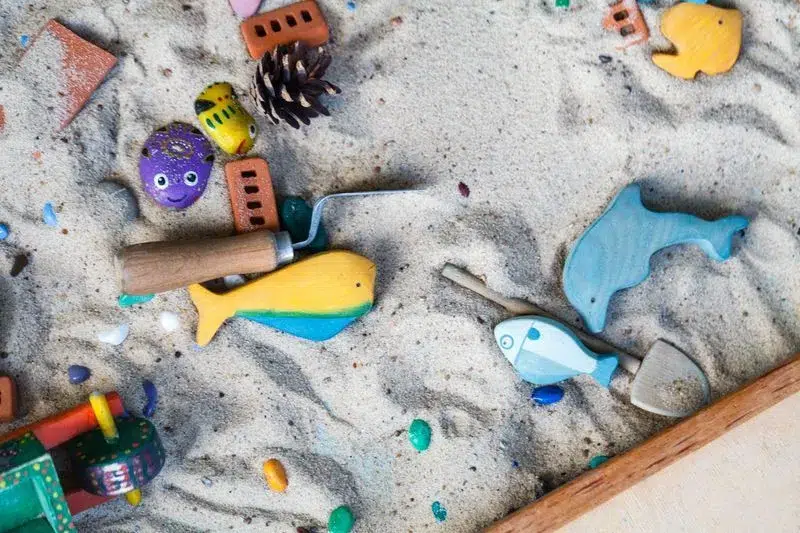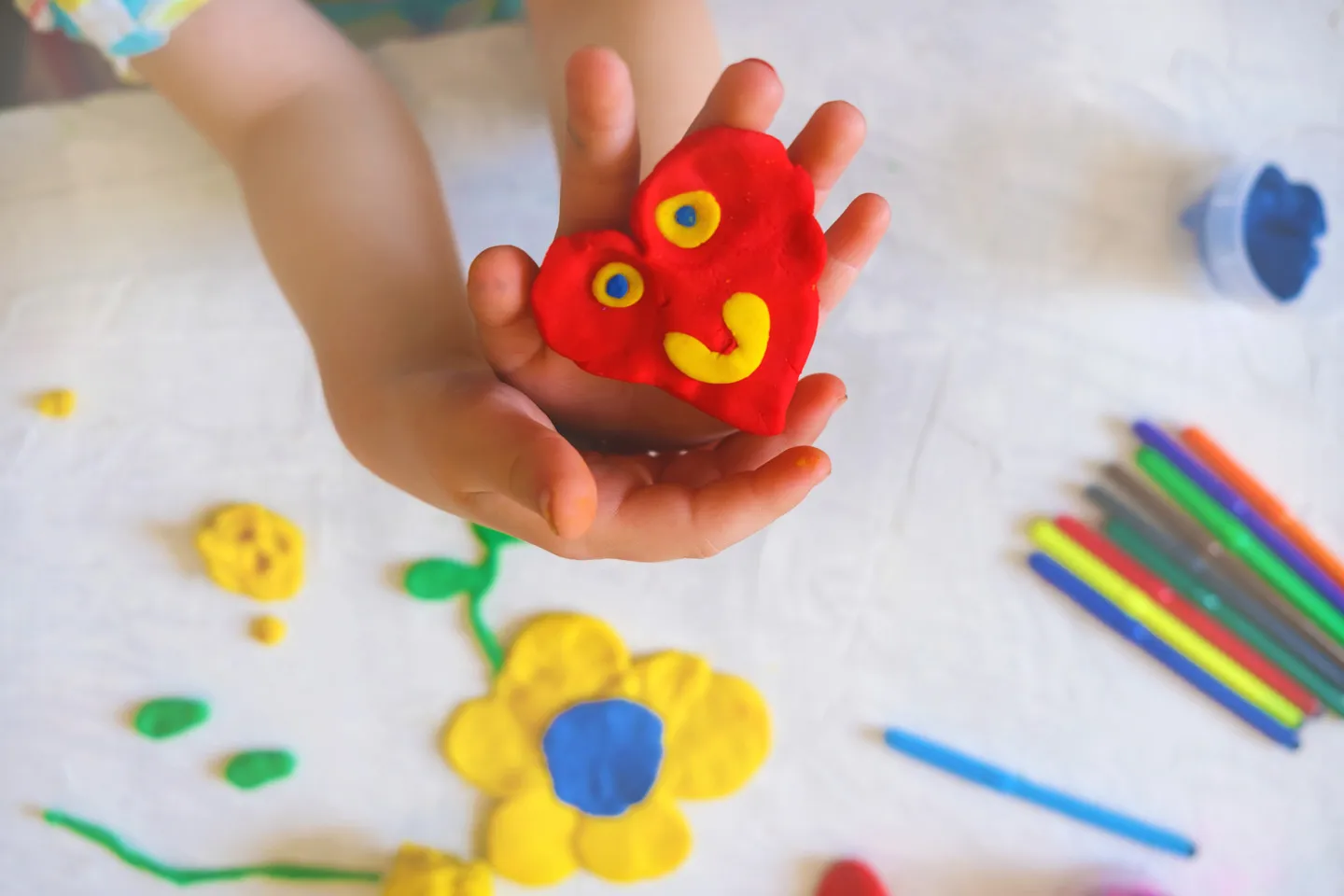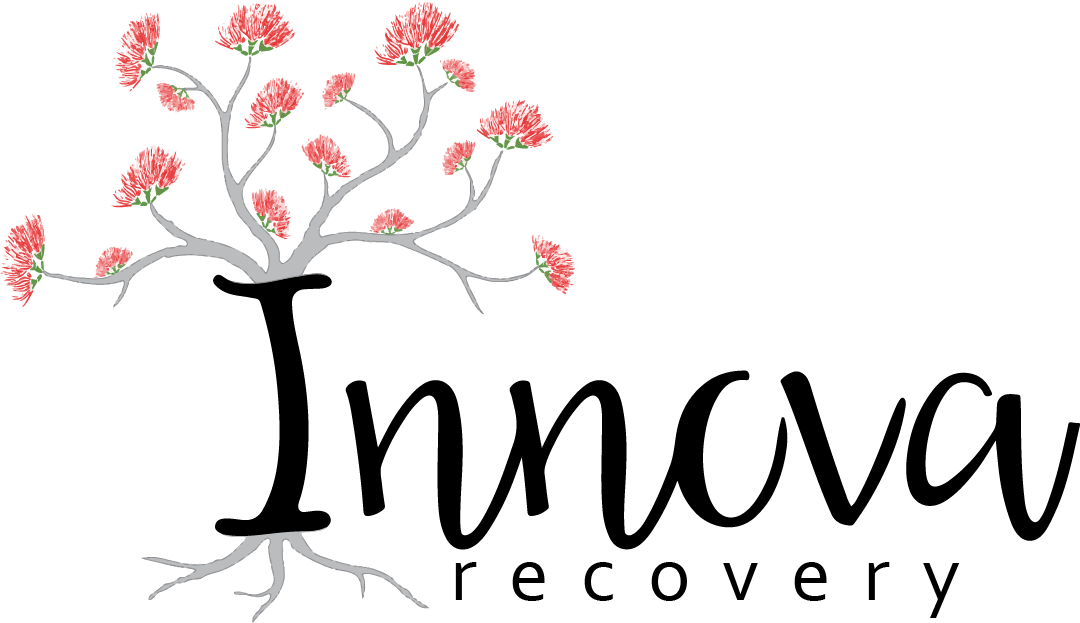Play Therapy
Using Play and Fun to Help Troubled Children Express Themselves
Children find it very hard to express themselves to their parents or to anyone in the adult world. They tend to rely on inappropriate behavior or act out when they see or feel that their parents cannot or will not understand them. This difficulty to communicate can also make it hard for parents who are eager to help their troubled children. By using the language of children, play and fun, a therapist can join a child in their world to make it easier for them to express themselves.

What is Play Therapy?
Play Therapy is the use of playtime where a therapist applies their therapeutic techniques to children. Itʼs a method that involves using toys, imaginative play or make-believe, and other activities that help children feel at ease when with the therapist. With play therapy, a therapist can observe, interact, help children understand their emotions, find ways to express themselves to adults, discover coping mechanisms, or deal with past trauma.
How Play Therapy Works
Creating an environment that is safe & comfortable for your child
What play therapy does is create an environment that is both safe and comfortable for a child. Then, depending on the childʼs needs and situation, the therapist will take a directive or non-directive approach. Once the child becomes comfortable in the playroom and with the therapist, they will be given specific toys or play activities. These toys or play activities will help the therapist understand what emotions the child may be feeling or what thoughts they could be having before moving forward with treatment.
Directive Play Therapy
This form of play therapy involves the therapist having much greater involvement during a session. It may be intrusive, as the therapist may share specific instructions on how a child should play in the playroom. It is believed that directive play therapy will yield therapeutic results much faster than Nondirective Play Therapy.
Nondirective Play Therapy
A non-intrusive style of play therapy that involves very little instruction from the therapist. Itʼs believed that a child can solve their own issues given that they have more freedom of play and that therapeutic conditions are favorable. Nondirective sessions will allow the child to take things at their own pace.

The Play Therapy Process
Play therapy is often used with children who are between 2 to 12 years of age and will differ depending on the needs of the child and the kind of play they will engage in. The process is broken into phases, with an intake interview and pretreatment assessment being conducted first to determine the unique needs of the child.
Introduction Phase
The child is given a chance to get used to their therapist, their playroom, and to understand the play therapy process. This will be a difficult time for most children since parents wonʼt be present.
Tentative Phase
Once a child is willing to share what they are thinking and feeling, the therapist lets them communicate in the way they choose during play. The therapist will take note of the childʼs interaction with toys, the theme of play, and any change in behavior.
Negative Reaction Phase
As play therapy progresses, the child may become comfortable enough in the playroom to fall back to old patterns and behaviors. It is essential that parents provide their children with a lot of support during this phase.
Growing Phase
By this phase, a child will be aware of their difficulties and will have a better understanding of what they can do to change them. This part of play therapy is typically longer and harder because a child will often go back and forth between advancing and regressing.
Termination Phase
Once this phase is reached, the child should be at a point where their behavioral and emotional aspects have become consistent and balanced outside of the playroom. This will be a hard phase for children because of the attachment they have made with the therapist.
During the whole process, the play therapist will be relying on the parents to provide news of their childʼs behavior, both good and bad, to determine the progress of the treatment.
How it Works
Get in touch to get the help you need to heal from trauma
Reach Out
Connect with us to be paired with a certified therapist.


Personalized Match
Our trained coordinators will match you with a therapist trained to fit your specific needs.


Start Therapy
Healing can start right away, with no delays in getting the help you need.
We’re here to help you get the care you need. Take our quiz to understand your trauma.
Use our trauma quiz to identify potential issues that can be resolved in therapy.







